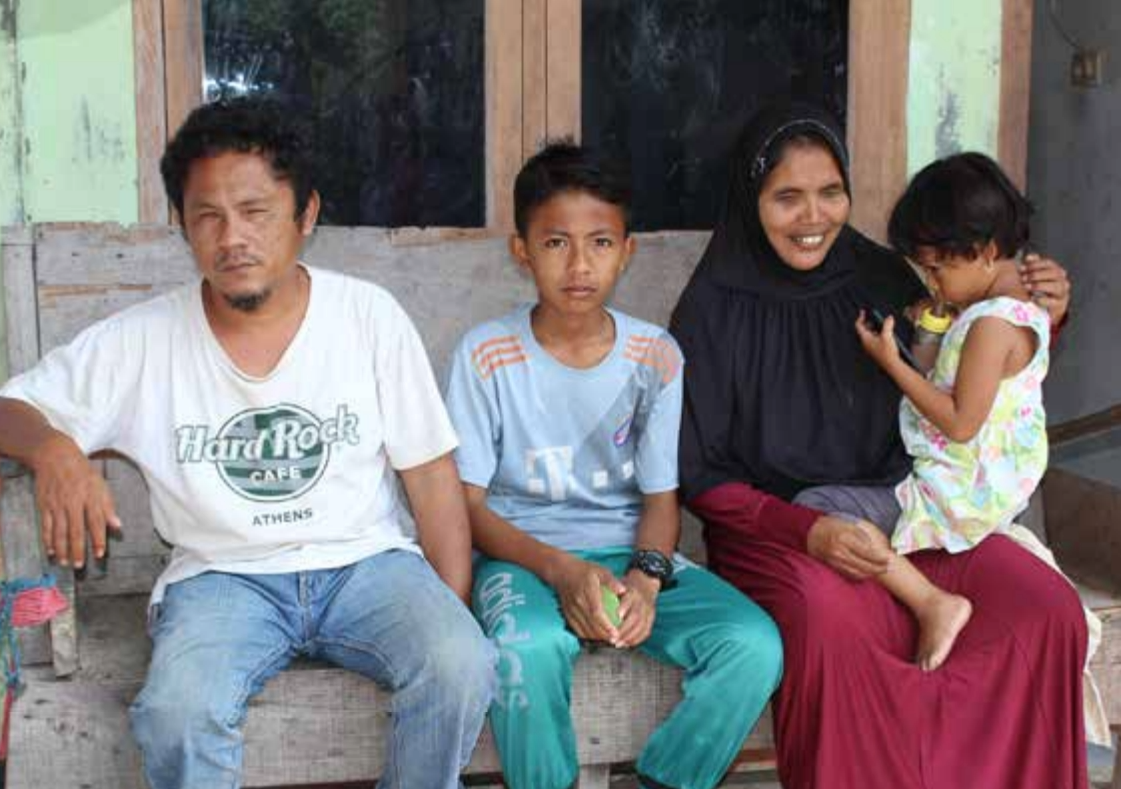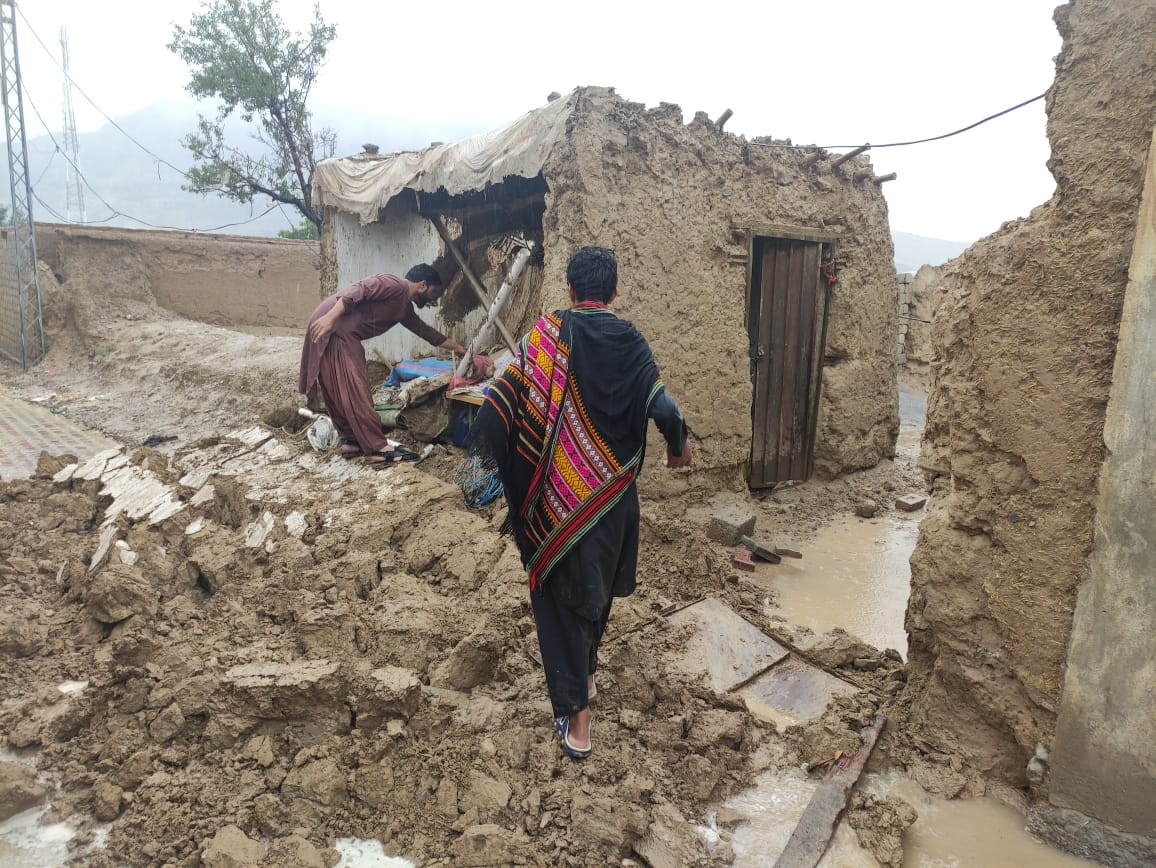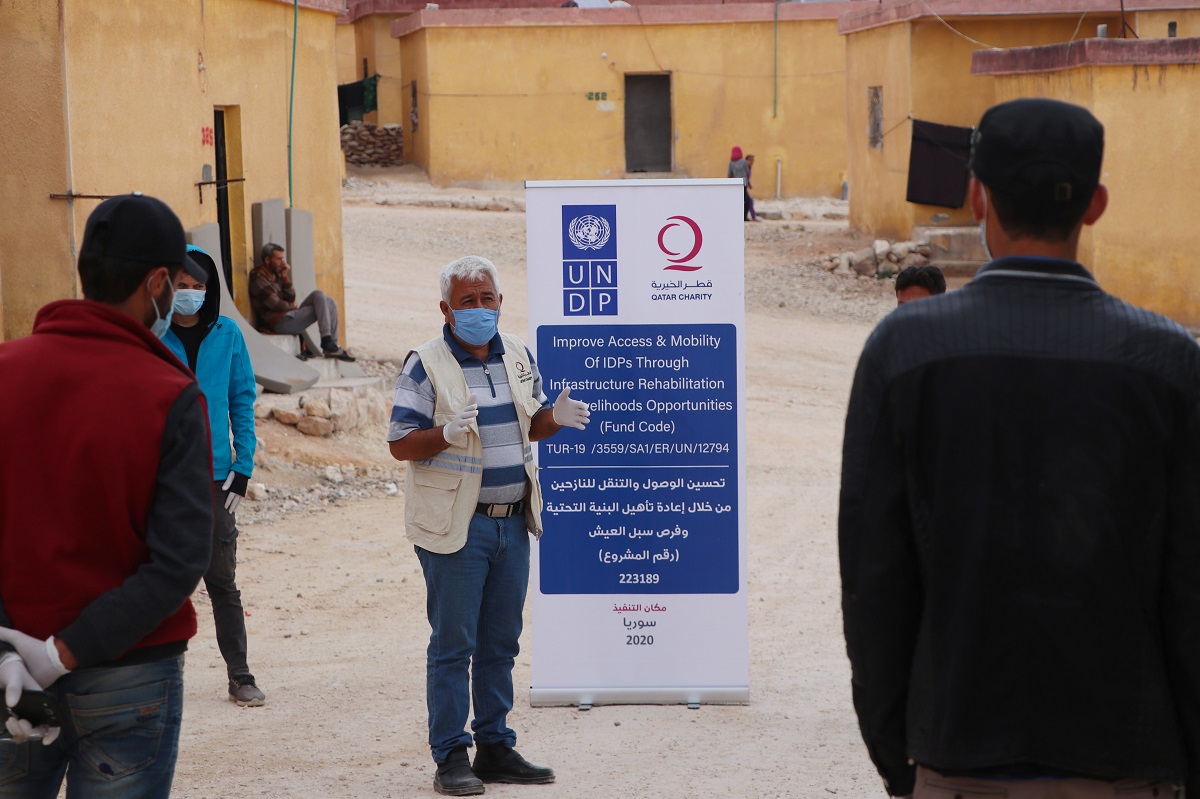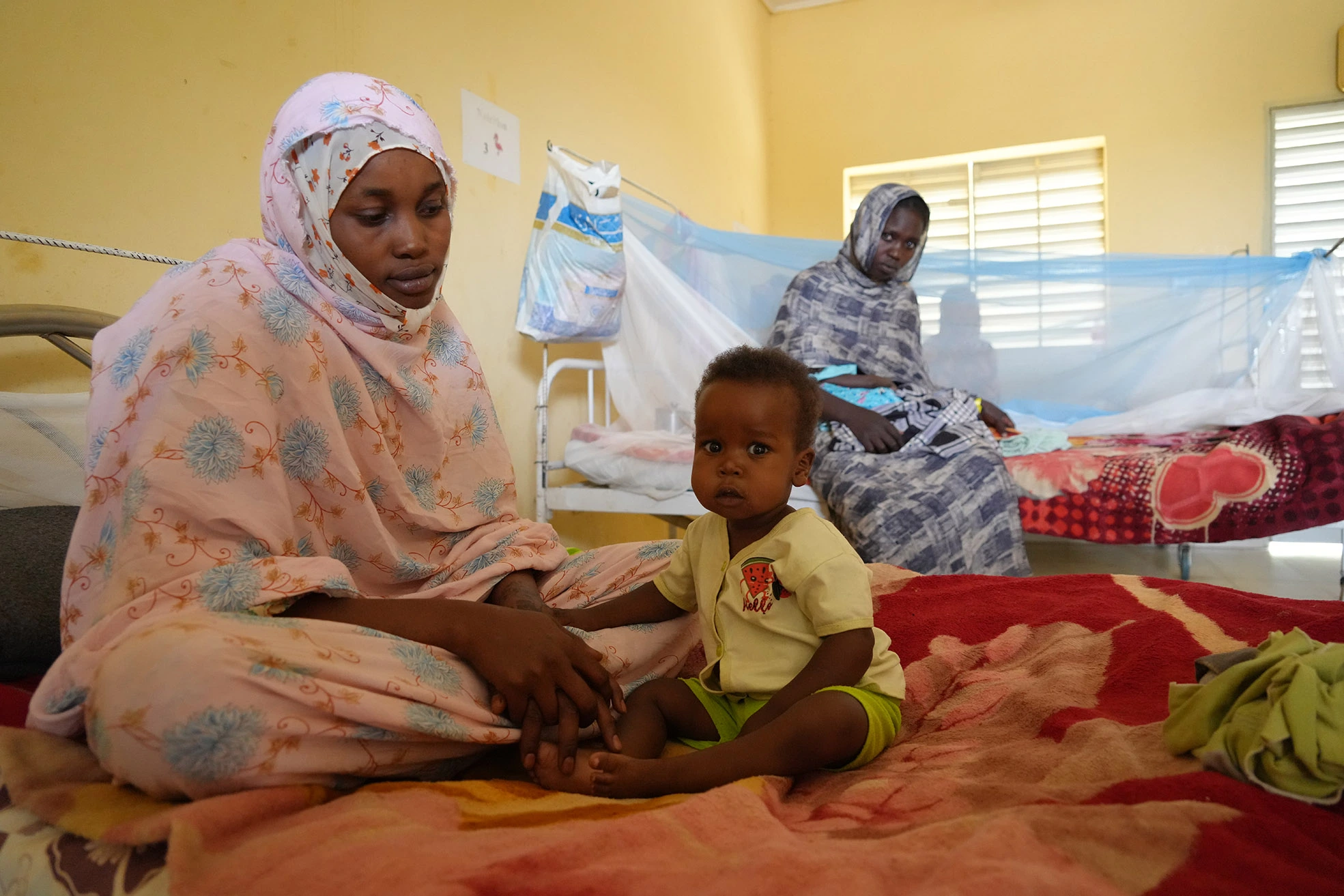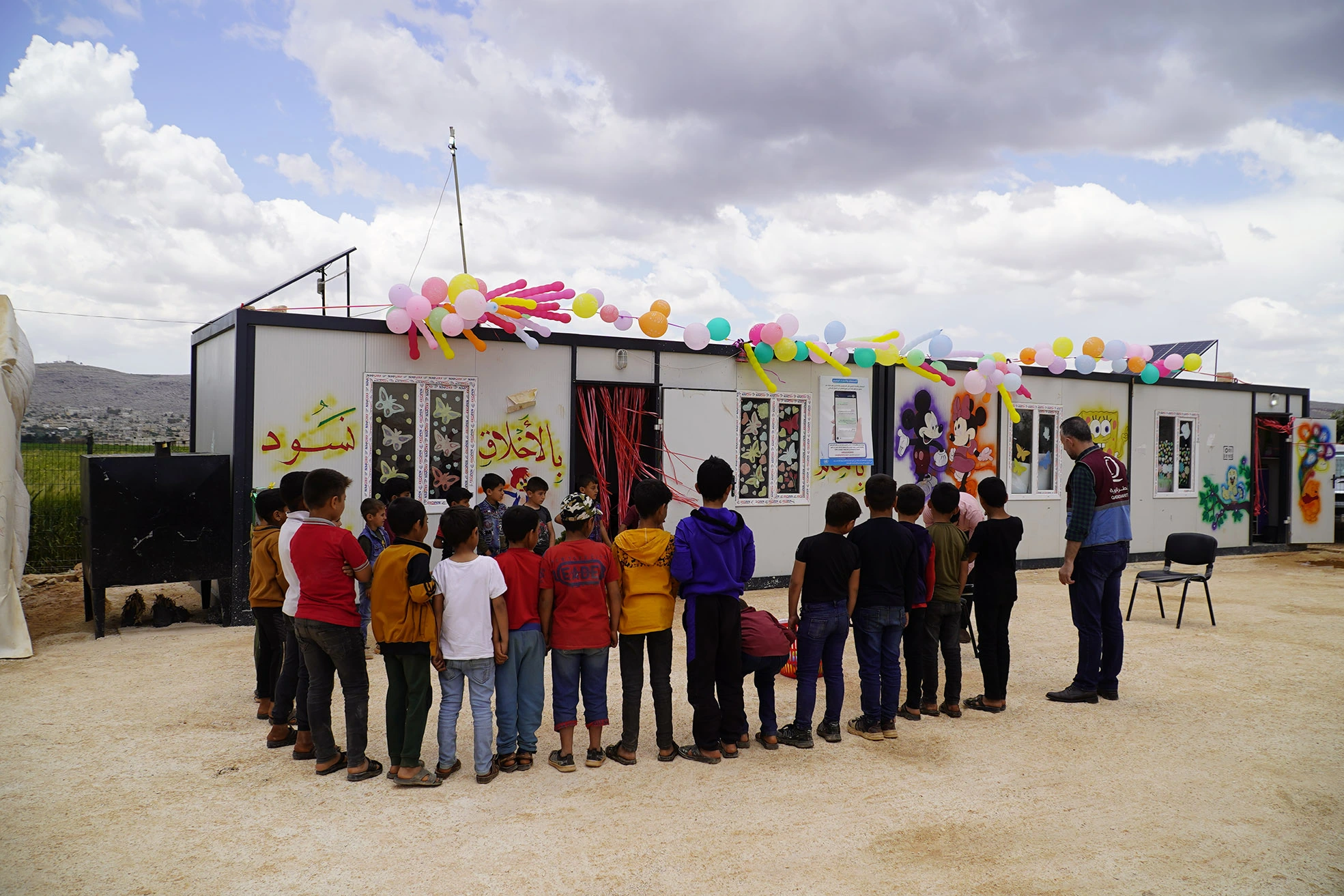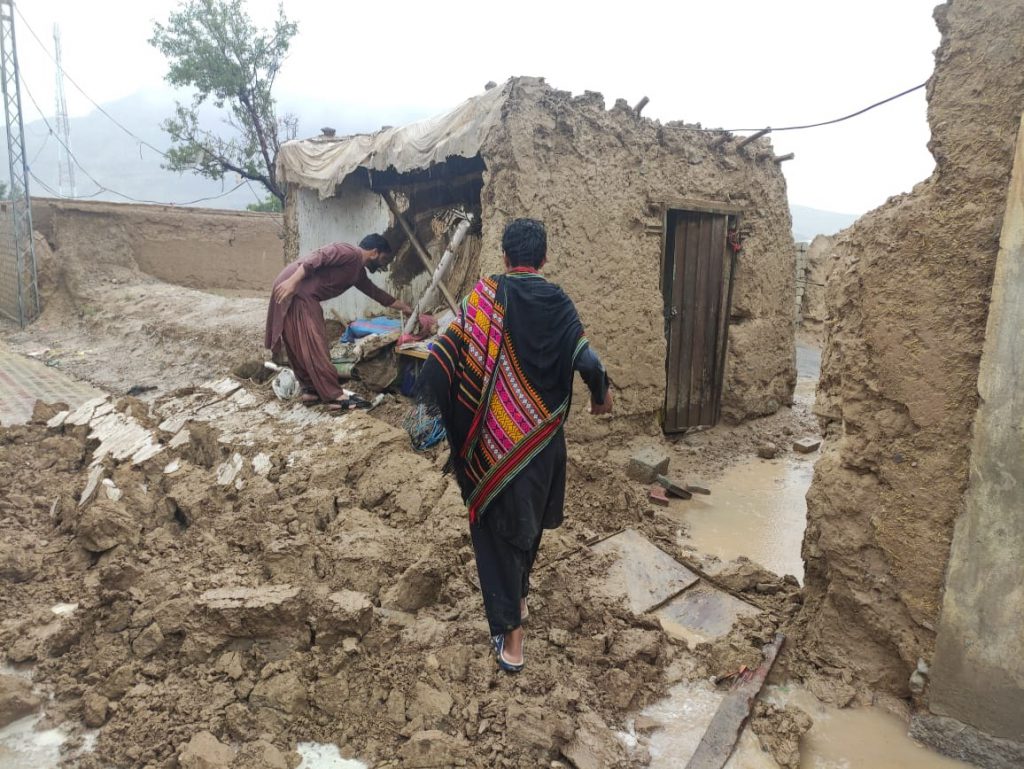The unprecedented humanitarian repercussions of the global food crisis have resulted in catastrophic levels of acute malnutrition in children, especially among those belonging to poor communities, around the world.
The malnutrition crisis has been exacerbated by several factors, most notably high rates of poverty, food insecurity, lack of primary health care programs for both mothers and infants, lack of safe drinking water, and inadequate sanitation systems, in addition to wars and conflicts. Global warming is expected to reduce food production by 5.5% by 2050.
“People living in poor communities often lack access to nutritious food and live in unsafe environments with contaminated water, poor sanitation, and inadequate access to health services and education — all of which contribute to hunger and malnutrition,” according to the ‘Action Against Hunger’ website.
In many communities living in poverty, children under the age of five are especially prone to hunger and its deadly effects. Women are disproportionately affected by hunger, food insecurity, and malnutrition. Recent data revealed that 150 million more women than men suffered from hunger in 2021. Refugees and internally displaced persons (IDPs) are also more likely to face food insecurity and illness, including malnutrition.
Dangerous Curve
The food crisis, which followed the drought in the countries of the Horn of Africa, has been a dangerous curve in the lives of those communities that rely on rainwater as an important element of life, with five poor rainy seasons leading to the death of millions of livestock and the destruction of crops.
According to the United Nations, 22 million people are at risk of hunger in Ethiopia, Kenya, and Somalia and one person dies every 36 seconds in these countries, while 18.6 million people are experiencing severe food insecurity in the Sahel.
In Somalia, the number of young children facing severe acute malnutrition (SAM) has risen to over half a million – a level higher than a 2011 famine in which tens of thousands of children died, according to U.N agencies.
According to UNICEF, more than 513,000 children under the age of five are expected to suffer from SAM, meaning they are many times more likely to die from diseases like measles, malaria and cholera which are spreading in the country.
UN agencies have warned that 48 million people in West and Central Africa will face severe food insecurity between June-August 2023, the highest level in a decade. They indicated that the projected food shortages mean some 16.5 million children under the age of five are set to face acute malnutrition this year.
“Ethiopia is one of the worst-affected countries in the world witnessing a sharp increase in malnutrition cases as a result of drought and multiple emergencies. Across the four drought-impacted regions, an estimated 600,000 children will require treatment for severe acute malnutrition,” says UNICEF.
Yemen is facing a real catastrophe in terms of food security, with almost half of its population suffering from hunger. As a result, high malnutrition rates among children under the age of five and the suffering of pregnant and breastfeeding women are compounded due to food shortages, substandard performance of health, water and sanitation systems, and the spread of disease.
In Yemen, 2.2 million children are suffering from acute malnutrition, including over 540,000 children suffering from severe acute malnutrition – a life-threatening condition if not treated urgently, UNICEF said in a report published in March 2023.


